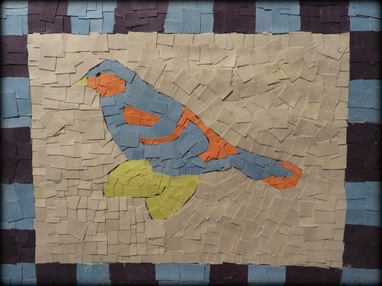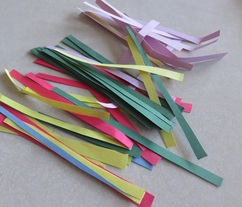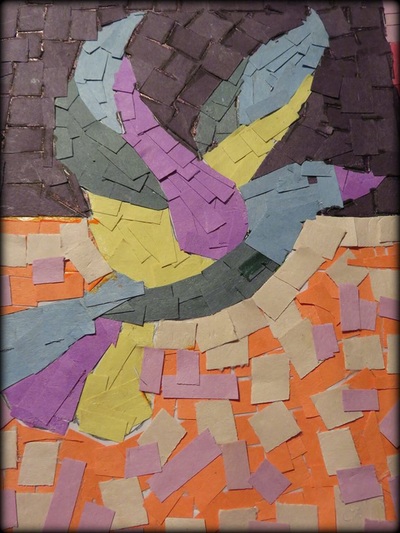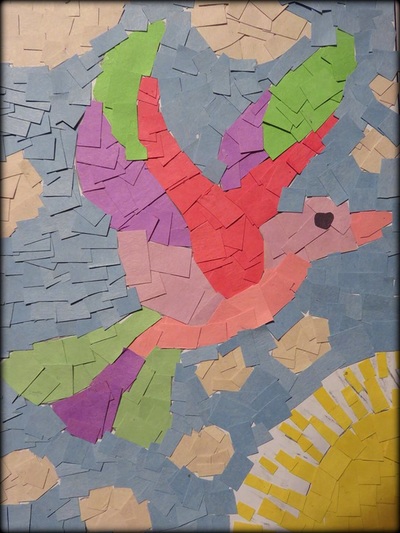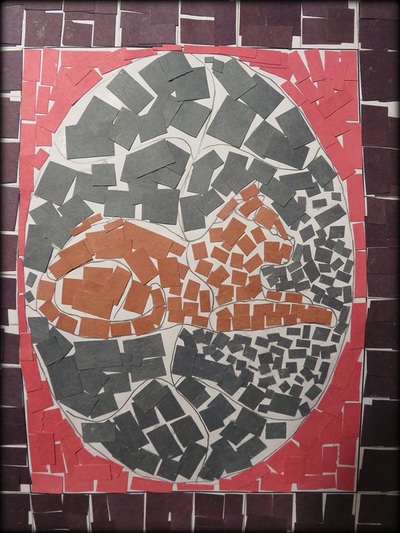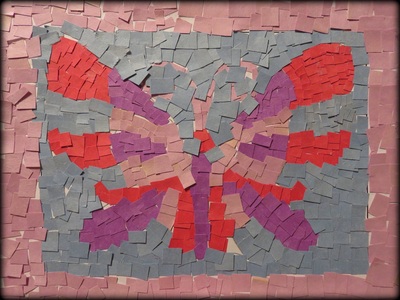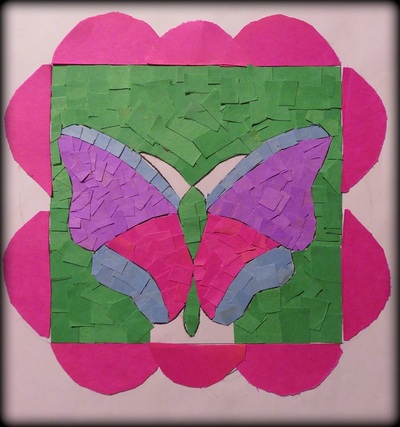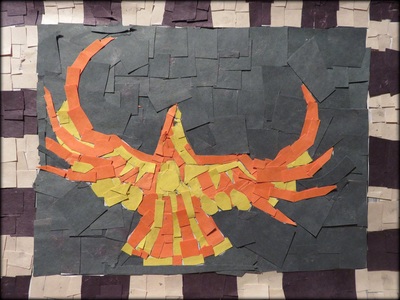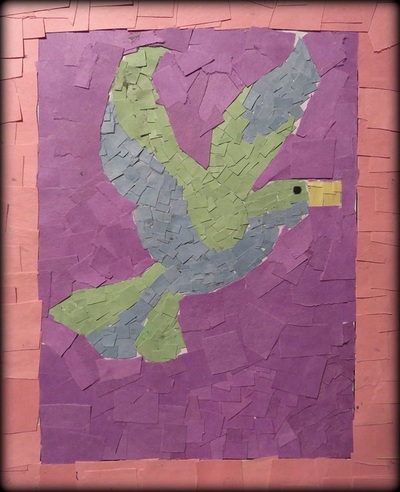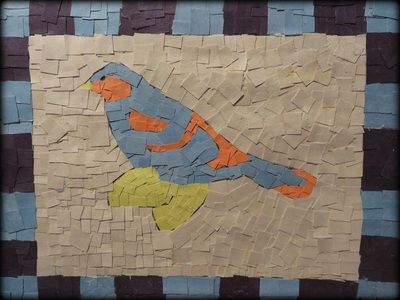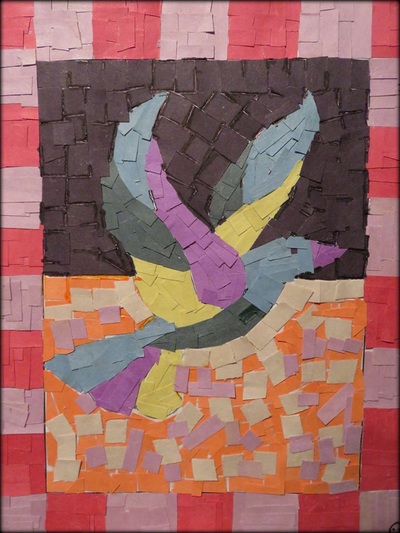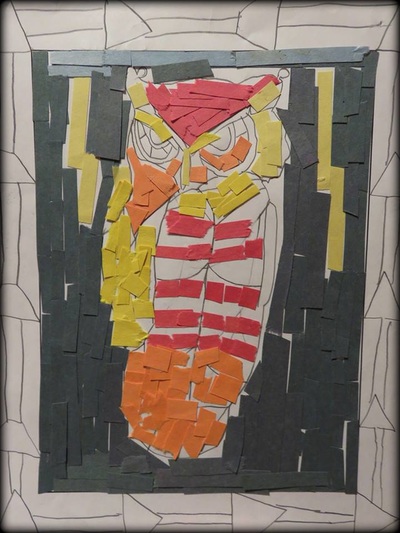- Sinthia Cousineau
- Ceramic Art
- Drawings
- Paintings
-
Photography
-
Art Education
-
Art & Adolescence
>
- Mural Project >
- Lesson: Eco Art
- Lesson: Decorating Fabric
- Lesson: Zentangles & Patterns
- Lesson: Social Media, consumerism & war
- Lesson: Bag Sculptures & Positive Body Image
- Lesson: Caricatures & political activism
- Lesson: Canadian Landscapes & Group of Seven
- Tattoo Art & Meaningful Images
- Lesson: Stenciling Street Art
- Lesson: Plaster Figures (grade 7-9)
- Photoshop Lesson
- Lesson: Value Scales
- Lesson Plan: Video Art
- Lesson Plan: Sound Art
- Lesson: GIF Project
- Lesson: Mashup Videos
- Art Education & Older Adults >
-
Art & Children
>
- Collage & other art Activities >
-
Drawing Activities with Kids
>
-
Pencil, Markers and Coloring
>
- Introductory Lesson
- Introduction Lesson: Egyptian Name Cartouche
- Reptile Zentangle Drawing >
- Illustrated Names
- Symmetrical Name Creatures
- Drawing from Autumn Still-lives
- Grid Drawing Technique
- Lesson: Alliteration Drawing
- Drawing: 3D Hands
- Leaf Drawing Collage
- Ancient Egypt Art
- Collaborative Doodle
- Drawing: Hidden Emotions Behind the Mask
- Scribble Drawing
- Drawing : Word Art
- Lesson Plan: Renaissance Invention Scroll
- Lesson: La Bande Dessinée
- Lesson: Optical Illusions
- Oil Pastels >
- Chalk & Soft Pastel >
- Charcoal >
-
Pencil, Markers and Coloring
>
-
Painting Activities with Kids
>
-
Acrylic Painting Lessons
>
- Acrylic Pouring
- Australian Dot Painting
- Blow Paint Technique
- Bubble Wrap Painting: Bee
- Pointillism Painting
- Funky Easter Rabbit
- Lesson: The Color Wheel
- Monochromatic Painting
- Painting: Birch Tree
- Leaf Painting
- Pumpkin Painting
- Painting: Rock Painting
- Squeegee Painting Technique
- Origami Inspired Painting
- Coffee Art
- Watercolor Activities >
-
Acrylic Painting Lessons
>
- Mixed Media Activities with Kids >
- Types of Art >
- History Lessons
-
Art & Adolescence
>
-
Art Therapy
- 3D Art & other mediums
- Videos
- Contact Me
Paper Animal Mosaics
Art Educator: Sinthia Cousineau
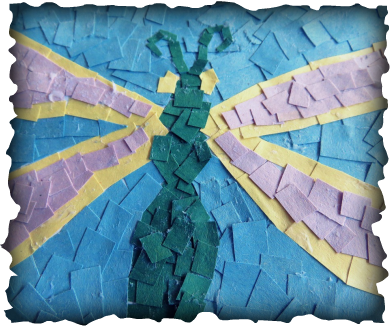
Age Group: 9-12 yr olds
Time Frame: Approximately 4hrs
Themes Include:
-Romans
-Ancient History
-Mythology
-Animals
-Mosaics
-Geography
-Patterns
Time Frame: Approximately 4hrs
Themes Include:
-Romans
-Ancient History
-Mythology
-Animals
-Mosaics
-Geography
-Patterns
Overview
According to Roman legend, Romulus was the founder of the city of Rome. Romulus and his twin brother Remus were the sons of the god Mars. When they were still infants, they were abandoned near the Tiber River. Luckily for the, they were found by a female wolf who had pity on them. She would watch over the two brothers and fed them her milk. The boys survived and one day they were found by a shepherd who adopted them. The boys grew up to be strong and intelligent men. They decided to build a city at the place where the shepherd found the. They called that city Rome, named after Romulus.
Back in the time of antiquity, ancient cultures like the Romans would use art as a way of communicating their stories by capturing scenes of their everyday life, such as scenes representing music, hunting, wars, or gladiator fights. They decorated their temples and houses with images that represented the mythology of their culture. The Romans are well known for their artistic abilities with mosaics, a technique were they would use small pieces or rock, marble or ceramic to create a motif and an image. These mosaics were mostly based on the themes of mythology of animals.
This lesson on paper mosaics is important because it will teach students patience when they create art. They will learn to appreciate the time and detail that are involved in the creation of a mosaic work. This lesson relates to the theme of fables because students will depict an animal from a fable story. In more advanced version of this lesson students can represent a seen from a story. This lesson can easily be adapted to the themes of fables, storytelling and mythology.
Back in the time of antiquity, ancient cultures like the Romans would use art as a way of communicating their stories by capturing scenes of their everyday life, such as scenes representing music, hunting, wars, or gladiator fights. They decorated their temples and houses with images that represented the mythology of their culture. The Romans are well known for their artistic abilities with mosaics, a technique were they would use small pieces or rock, marble or ceramic to create a motif and an image. These mosaics were mostly based on the themes of mythology of animals.
This lesson on paper mosaics is important because it will teach students patience when they create art. They will learn to appreciate the time and detail that are involved in the creation of a mosaic work. This lesson relates to the theme of fables because students will depict an animal from a fable story. In more advanced version of this lesson students can represent a seen from a story. This lesson can easily be adapted to the themes of fables, storytelling and mythology.
"Photograph of a Roman Mosaic in Tunisia (2011)" by Sinthia C.
|
Visual arts competencies
|
Learning Objectives
|
|
Competency 1: “To create personal images”
Competency 2: “Appreciates work of art”
|
|
Required Materials:
- Black marker
- Pencil
- Glue stick
- Scissors
- Plastic bag
- Eraser
- Images of animals
- Paper explaining the different steps of the project
- Colored construction paper
"My Prototype: Dragonfly Mosaic"
Examples of Paper Mosaics
By my Grade 5 Students
Vocabulary:
Frame: The bordure surrounding an image in a work of art.
Mosaic: Artistic technique in which small pieces of stone, marble, or ceramics are used to create a larger image or motif.
Motif: a drawing or dessin that is repeated to create a pattern.
Trace: To copy an image by placing a transparent paper on top of an image and copying the lines to recreate the same image.
Mosaic: Artistic technique in which small pieces of stone, marble, or ceramics are used to create a larger image or motif.
Motif: a drawing or dessin that is repeated to create a pattern.
Trace: To copy an image by placing a transparent paper on top of an image and copying the lines to recreate the same image.
Introduction to Lesson
PowerPoint
Your browser does not support viewing this document. Click here to download the document.
French & English Lesson Plans:
|
|
|
|
| ||||||||||||||||||||||||||||||
Proudly powered by Weebly
- Sinthia Cousineau
- Ceramic Art
- Drawings
- Paintings
-
Photography
-
Art Education
-
Art & Adolescence
>
- Mural Project >
- Lesson: Eco Art
- Lesson: Decorating Fabric
- Lesson: Zentangles & Patterns
- Lesson: Social Media, consumerism & war
- Lesson: Bag Sculptures & Positive Body Image
- Lesson: Caricatures & political activism
- Lesson: Canadian Landscapes & Group of Seven
- Tattoo Art & Meaningful Images
- Lesson: Stenciling Street Art
- Lesson: Plaster Figures (grade 7-9)
- Photoshop Lesson
- Lesson: Value Scales
- Lesson Plan: Video Art
- Lesson Plan: Sound Art
- Lesson: GIF Project
- Lesson: Mashup Videos
- Art Education & Older Adults >
-
Art & Children
>
- Collage & other art Activities >
-
Drawing Activities with Kids
>
-
Pencil, Markers and Coloring
>
- Introductory Lesson
- Introduction Lesson: Egyptian Name Cartouche
- Reptile Zentangle Drawing >
- Illustrated Names
- Symmetrical Name Creatures
- Drawing from Autumn Still-lives
- Grid Drawing Technique
- Lesson: Alliteration Drawing
- Drawing: 3D Hands
- Leaf Drawing Collage
- Ancient Egypt Art
- Collaborative Doodle
- Drawing: Hidden Emotions Behind the Mask
- Scribble Drawing
- Drawing : Word Art
- Lesson Plan: Renaissance Invention Scroll
- Lesson: La Bande Dessinée
- Lesson: Optical Illusions
- Oil Pastels >
- Chalk & Soft Pastel >
- Charcoal >
-
Pencil, Markers and Coloring
>
-
Painting Activities with Kids
>
-
Acrylic Painting Lessons
>
- Acrylic Pouring
- Australian Dot Painting
- Blow Paint Technique
- Bubble Wrap Painting: Bee
- Pointillism Painting
- Funky Easter Rabbit
- Lesson: The Color Wheel
- Monochromatic Painting
- Painting: Birch Tree
- Leaf Painting
- Pumpkin Painting
- Painting: Rock Painting
- Squeegee Painting Technique
- Origami Inspired Painting
- Coffee Art
- Watercolor Activities >
-
Acrylic Painting Lessons
>
- Mixed Media Activities with Kids >
- Types of Art >
- History Lessons
-
Art & Adolescence
>
-
Art Therapy
- 3D Art & other mediums
- Videos
- Contact Me

